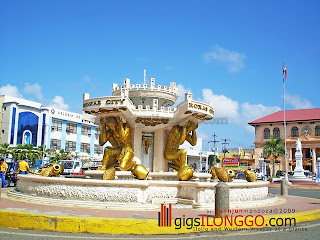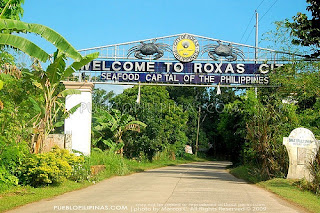Roxas City in Capiz is popularly known as the seafood capital of the Philippines. With the bounty and abundance of the surrounding bodies of water, Roxas has produced variety of fresh seafood at its best quality and distributed to the rest of the country. Some of those can only be seen in the waters of Capiz including the famous crustaceans such as Diwal (Angel’s wing), Talaba (Oysters), Scallops, Tahong among others.
Baybay beach in Roxas City is the one-stop destination for seafood gourmands to savor the pride of Capiz. It has an array of seafood restaurants that serve nothing but the fresh catch of crustaceans and famous fish favorites such as blue marlin. They have comparably lower prices and they’ll cook your choice of seafood into your liking whether steamed in broth or just simply grilled. Feel the fresh clean sea breeze while dining at Baybay or watch the sun goes down at La Playa de Roxas (People’s Park) nearby before plunging into a dose of seafood fares.
Seafood restaurants in Baybay are open for meals from breakfast ’til dinner.








